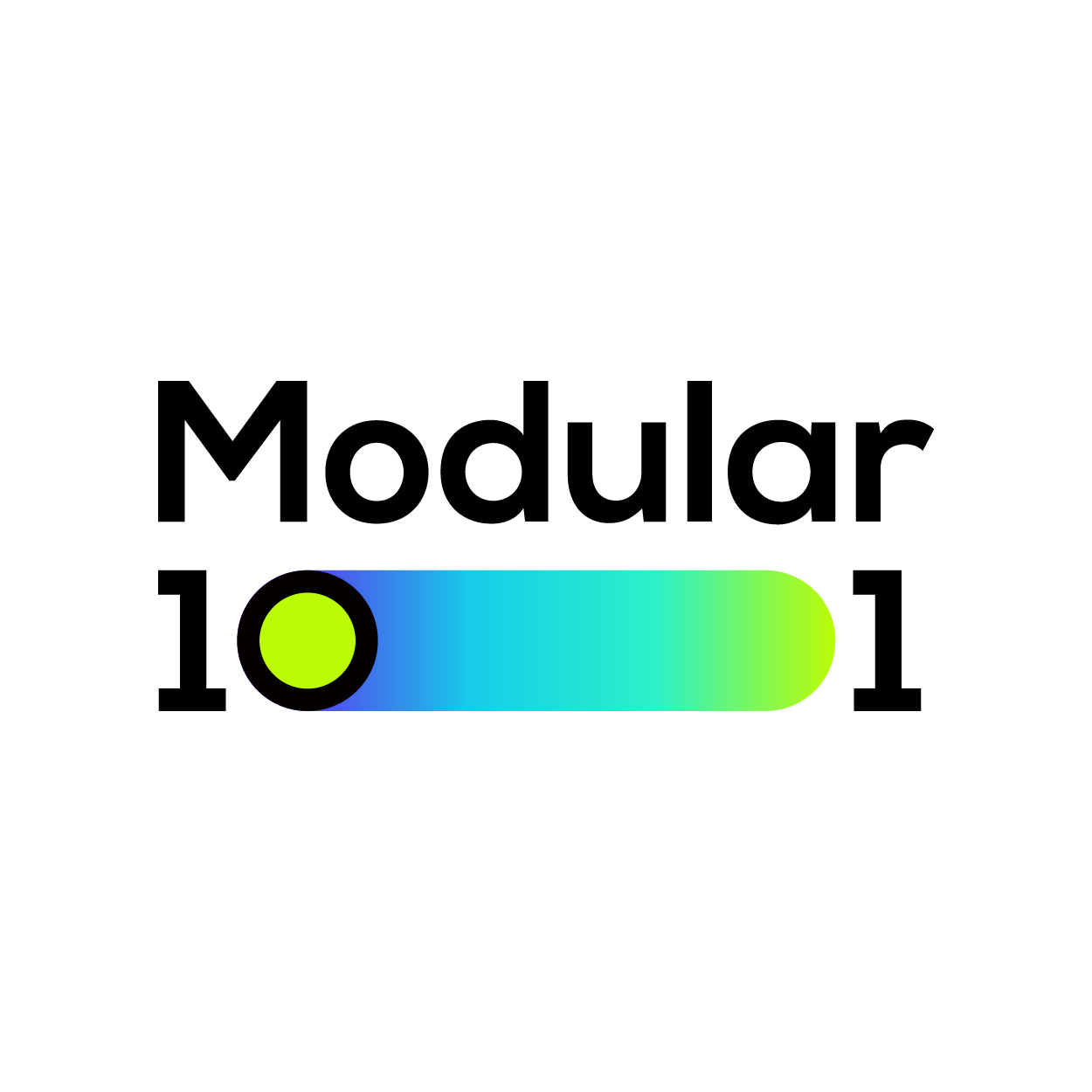Avail is expanding OP Stack capabilities to reduce L2 DA costs by 90%
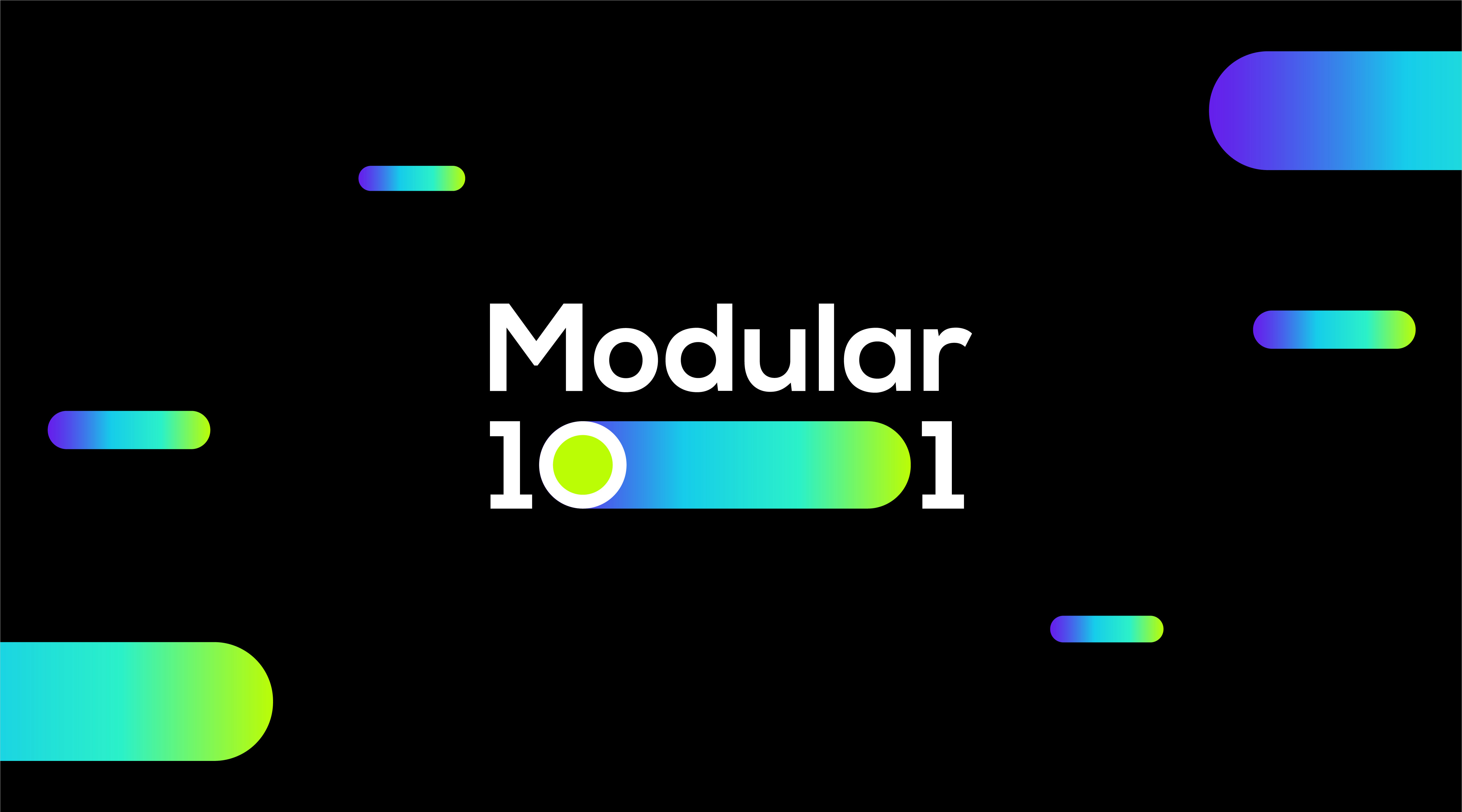
As Avail rapidly approaches mainnet, this series of articles will explore potential integrations between Avail and leading scaling solutions and show how developers can integrate with Avail to take advantage of its secure, decentralized, and cost-effective data availability zones Blockchain.
Too long to read version
Avail is expanding the capabilities of OP Stack.
Using Avail, OP Stack developers can reduce their data availability costs by approximately 90%.
L2 built on OP Stack can leverage Avail to achieve secure, low-cost and decentralized data availability.
Avail is moving towards mainnet and recently announced a rewarded testnet.
View the first article in this serieszkEVM Validiums can reduce Ethereums gas fee by 90%! 》
OP Stack combined with Avail
OP Stack has become a popular choice for communities and companies to build their own L2 Rollups. It is used by the OP mainnet and maintained by Optimism Collective. It is also a technology stack that developers have begun to extend and modify. One such modification is to use a purpose-built data availability layer like Avail. In this article, we will discuss how you can use OP Stack in conjunction with Avail as your data availability provider to significantly reduce your Ethereum transaction fees.
How does OP Stack manage data availability?
The DA layer supported by OP Stack by default is Ethereum. L2 transactions are submitted to the sequencer, which is responsible for sequencing transactions and creating L2 blocks. The transaction batch is sent to Ethereum by the sequencer, and Ethereum then submits the transaction data as calldata.
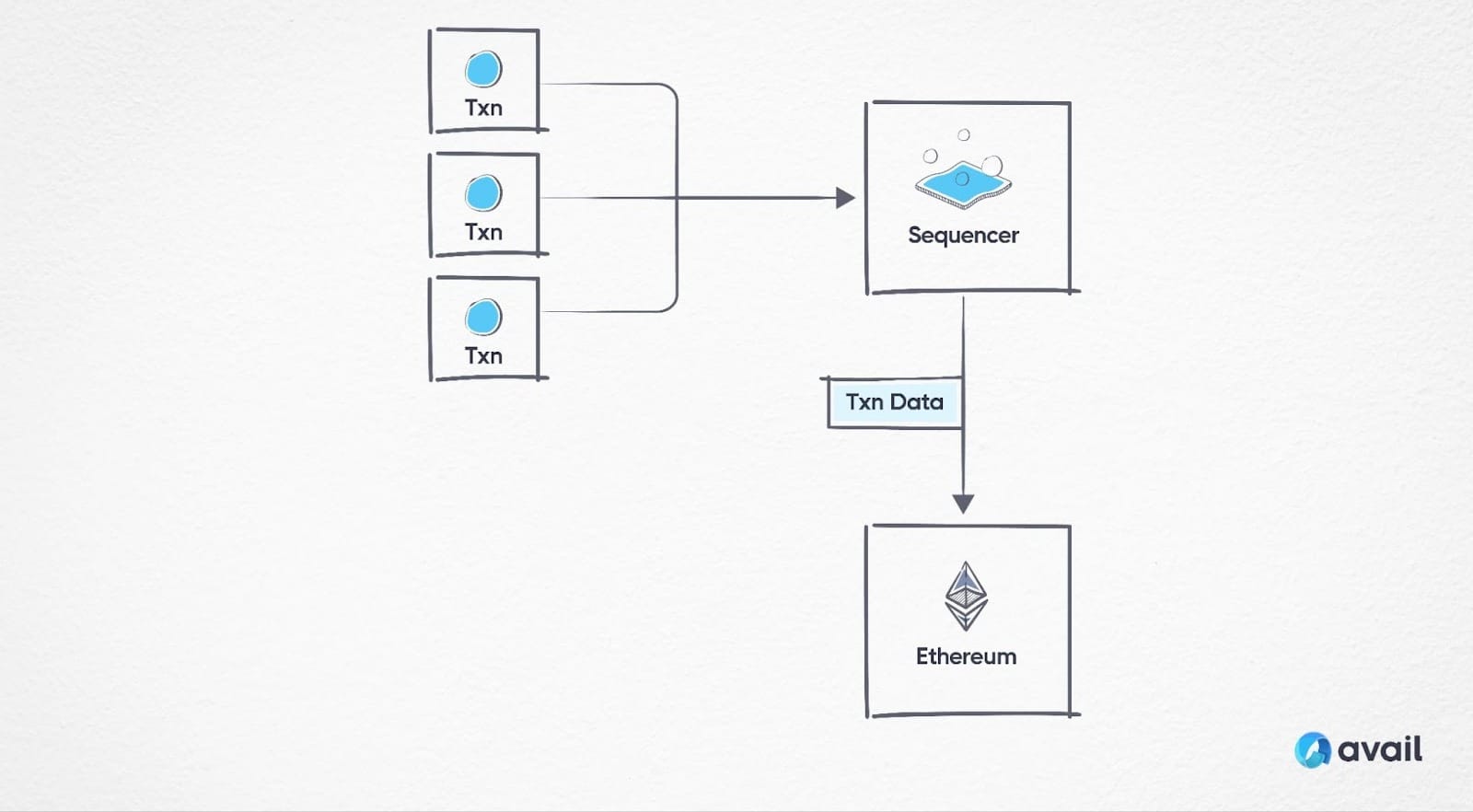
The advantage of using Ethereum as the data availability layer (DA layer) is that developers using OP Stack can inherit the security guarantees of Ethereum. Anyone can access L2 transaction data published on Ethereum and use it to deduce the correct chain state of L2.
However, this benefit comes at a significant cost. Ethereum was not designed as a data availability solution, nor is it optimized for this use case. Although efforts are underway to improve this, at the time of writing, up to 90% of L2’s fees paid to Ethereum are used to manage data availability. For high-volume use cases that process large amounts of transactional data, these costs can be significantly reduced by using a purpose-built data availability solution like Avail.
How does Avail work with OP Stack?
The Avail team built the Avail OP Stack, a modified version of the OP Stack that sends transaction data to Avail instead of Ethereum, reducing transaction fees by up to 90%.
Transactions are submitted to the sequencer node in the Avail OP Stack. The op-batcher then submits the transaction batch to a module called op-avail, which is added to submit the data to Avail.
The transaction data is then added to the Avail blockchain and a transaction reference is returned to op-avail, which is passed to op-batcher and submitted to Ethereum as calldata. Transaction references published on Ethereum contain the Avail block hash, sender address, and nonce of the external transaction.
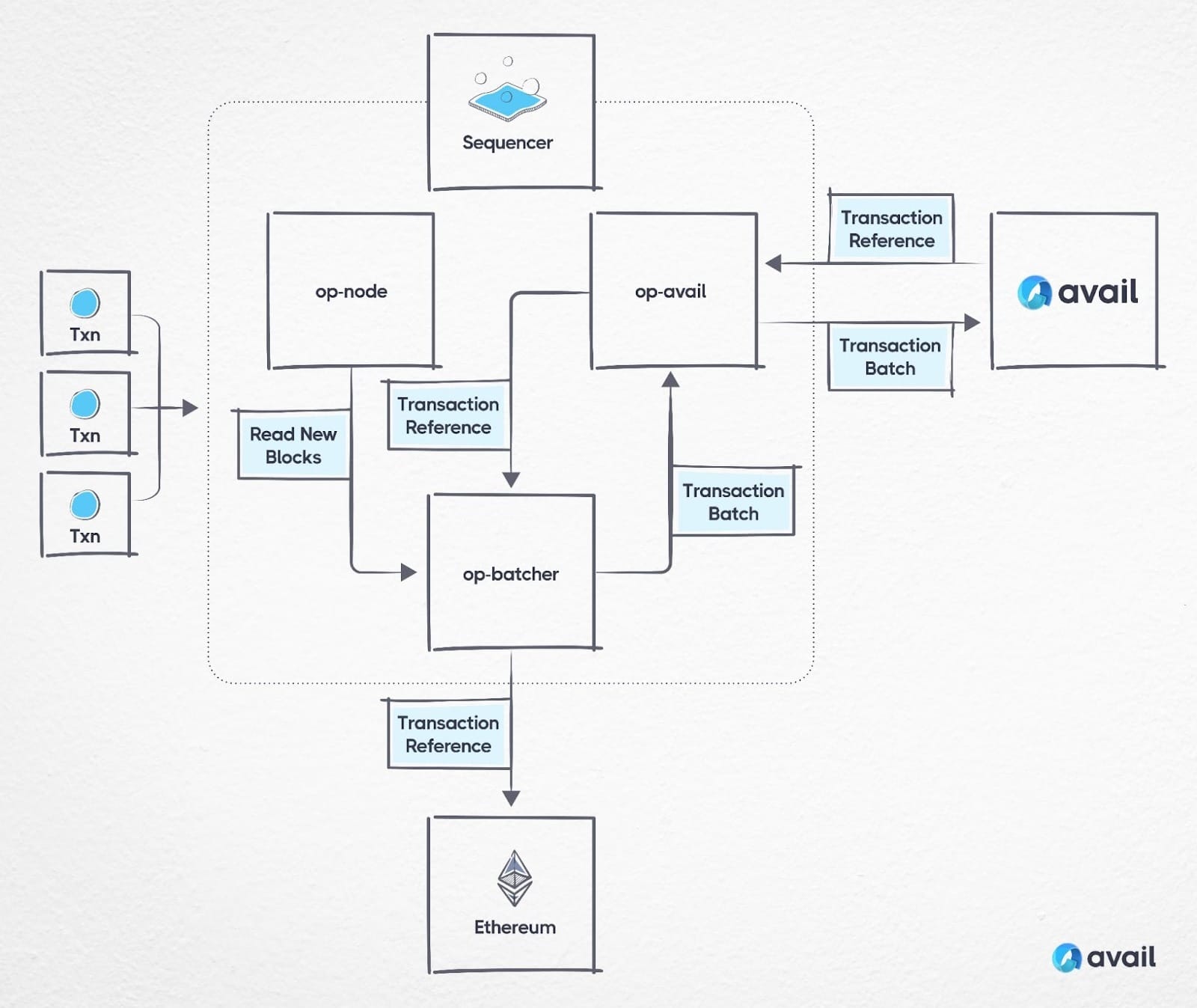
Chains built using the Avail OP Stack inherit the security guarantees of Avails nominated proof-of-stake blockchain network. Avails blockchain is built using the Polkadot SDK to reduce the risk of validator centralization and is working to support 1,000 external validators. Data published on Avails blocks is verified by the Avail network, but not enforced. L2 can use the OP Stack with Avail and pay a fraction of the cost of the current implementation, which publishes transaction data to Ethereum.
To understand in more detail how the Avail OP Stack works for the orderer and validator nodes, you can see a more detailed diagram in the Avail OP Stack repository.https://github.com/availproject/avail-op-stack-adapter?ref=blog.availproject.org
future improvements
Optimism’s proof-of-failure system for verifying the correctness of transactions on Ethereum is still under development at the time of writing. The OP Stack sorter is currently still centralized, but there are plans to decentralize it. As these improvements are rolled out by Optimism Collective, the Avail OP Stack will be updated to include these changes.
Several improvements to Avail OP Stack have been identified and will be implemented soon. Avails data root will be published to Ethereum through the Vector data proof bridge. The data root is the root of the Merkle tree, and its leaves are the data blocks submitted to Avail. This will enable orderers and other L2 nodes to verify on Ethereum that Avails validators have reached consensus on the availability of the data.
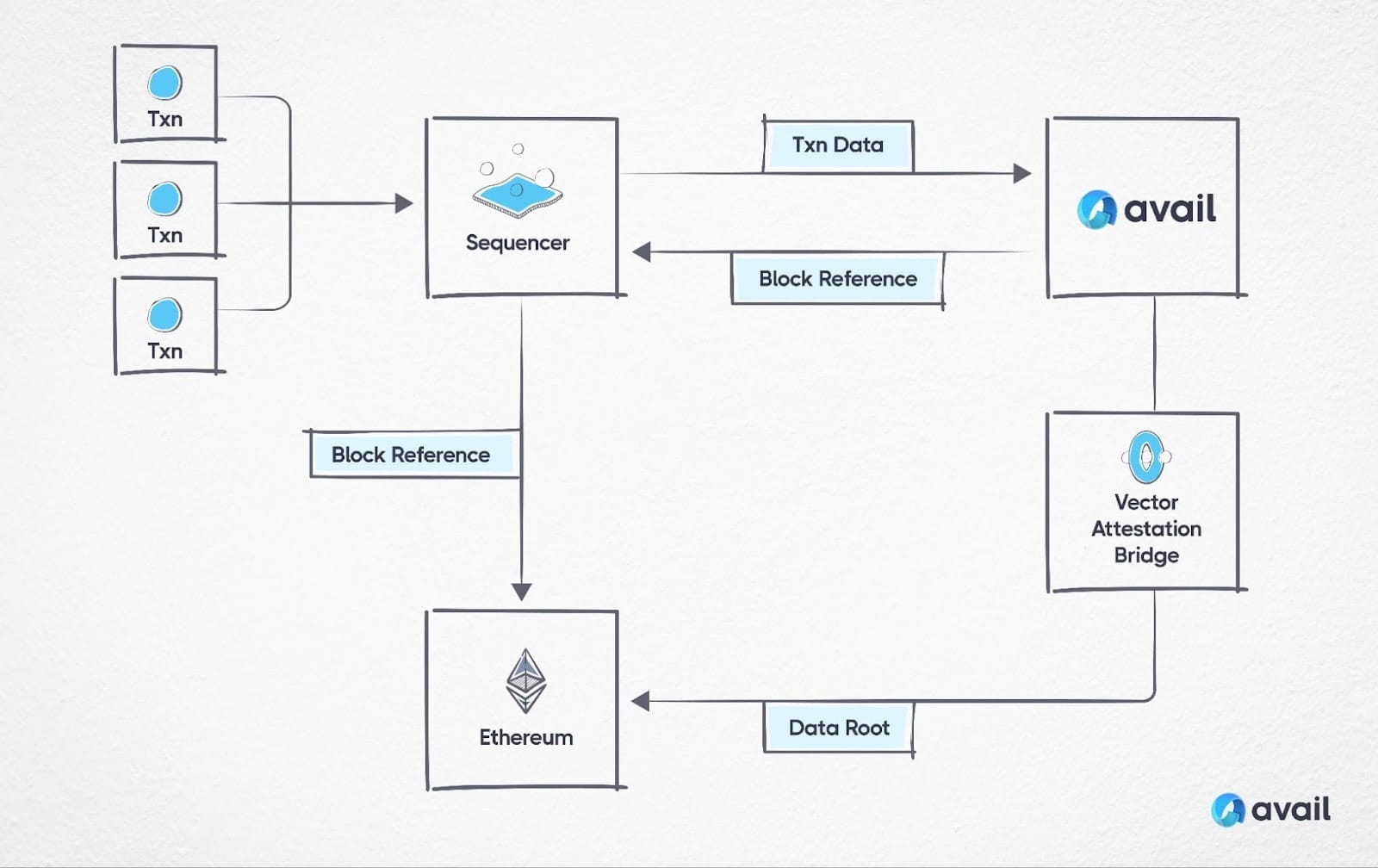
Once OP Stack implements valid proof-of-failure, a DA containing proof can be sent along with Avails batch hash and used in OP Stacks proof-of-failure interactive dispute game.https://github.com/ethereum-optimism/optimism/blob/develop/specs/fault-proof.md
Optimism Collective also announced plans for an L2 chain interoperability network built using OP Stack, called Superchains (https://app.optimism.io/superchain). All these future improvements are still under development and will be implemented into the Avail OP stack where possible.
Start trying Avail OP Stack today!
Check out the Available OP Stack repository (https://github.com/availproject/avail-op-stack-adapter) and get started today! If you have any questions or suggestions on how to improve this build, you can contact the team on the Avail forum or Discord.https://discord.gg/8VeequhgJT
OP Stack is one of many blockchains that can take advantage of Avails secure universal data availability layer. To learn more about integrating Avail with other leading L2 and blockchain ecosystems, check out the Avail Ecosystem series and subscribe to our newsletter.http://eepurl.com/it4xbs

